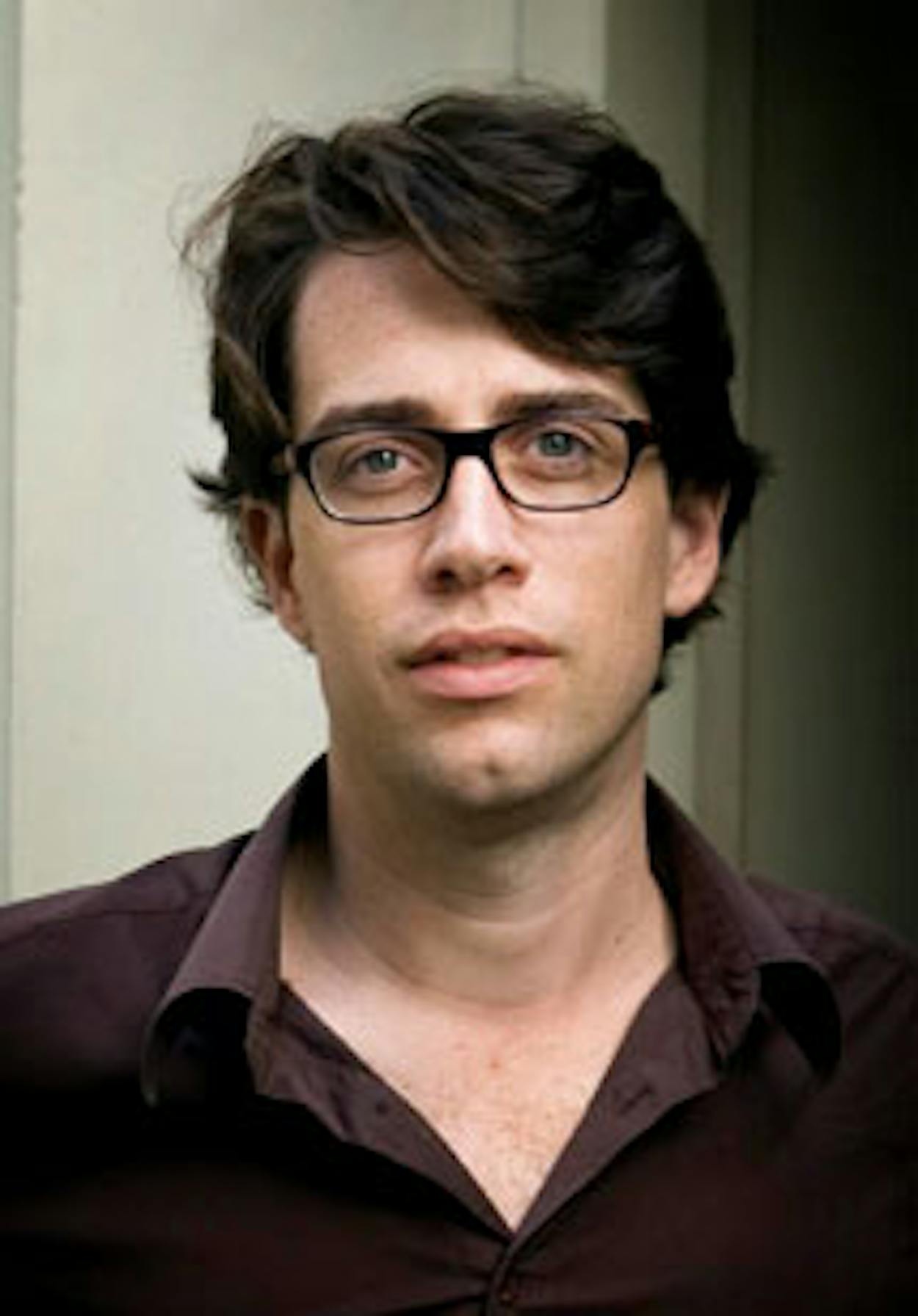Born and raised in Houston, the author of Why This World: A Biography of Clarice Lispector developed an early fascination with Latin and South America that he later stoked with travels to Brazil. His research on the late Brazilian novelist who, it has been said, “looked like Marlene Dietrich and wrote like Virginia Woolf,” has resulted in a comprehensive portrait destined to raise Lispector’s profile in the English-speaking world. Recently named New Books columnist for Harper’s and a regular contributor to the New York Review of Books, Moser has lived in the Netherlands since 2002.
Clarice Lispector’s complex life story gave depth to her fiction. Give us some background. She was this very glamorous Brazilian, the wife of an ambassador and strikingly beautiful, but she was born Jewish in the Ukraine in 1920, at a time of terrible pogroms and amidst a civil war that killed millions. Her mother had been raped in a pogrom and died of the consequences when Clarice was only nine. Clarice, as a little girl, told stories with magical endings, in which some divine intervention would miraculously rescue her mother. It didn’t work, of course, but for the rest of her life, writing would always be sacred for her.
If you separated the writer from the person, would her writing skills alone have brought her fame? She was not particularly famous for most of her life, outside a small group who understood her from the very beginning, in 1943, when she published Near to the Wild Heart. As an editor of hers remarked, “She was well-known among intellectuals and writers. Publishers avoided her like the plague . . . She wasn’t a disciple of ‘socialist realism’ or preoccupied with the little dramas of the little Brazilian bourgeoisie.” By the time she died, in 1977, she was universally recognized as one of the greatest writers of her century.
Why did her novels not reach a wider American audience in her lifetime? Was it because she wrote in Portuguese, a language that was once nicknamed the “tomb of thought”? Was it because nobody expects the greatest Jewish writer since Kafka to be a part-time beauty columnist? I think part of it has to do with the impossibility of pinning her down with a single label.
What resources did you find most enlightening while researching? As clichéd as it sounds, the most enlightening resources were the people I got to meet, like Clarice’s 86-year-old sister-in-law, who lives in Paris and is hilarious and fun, or Major Elza, the oldest female veteran of the Brazilian armed forces, a nurse who served with the Brazilian soldiers in Italy in World War II and who remembers how Clarice was good at clipping the wounded soldiers’ toenails.
Lispector scholar Earl Fitz said, not without admiration, that Clarice was “an incorrigible liar” and “wore a lot of masks.” She does have this reputation of being a liar, mainly because she lied about her age. This would not have been unusual for a beautiful woman of her generation, but as I did my research, I noticed that she also lied about how old she was when she arrived in Brazil and how long that had been after the Russian Revolution and so forth, and I wondered why all the lies she told—really the only lies she told—concerned the circumstances of her birth. She was trying to literally rewrite the story of her birth to erase the tragic fate of her mother. The habit stuck.
If you could tell the reading public one thing about Lispector, what would it be? On a simple aesthetic level, her prose is the most beautiful I have ever encountered. Reading her has been one of the richest emotional experiences of my life. Oxford University Press, $29.95







